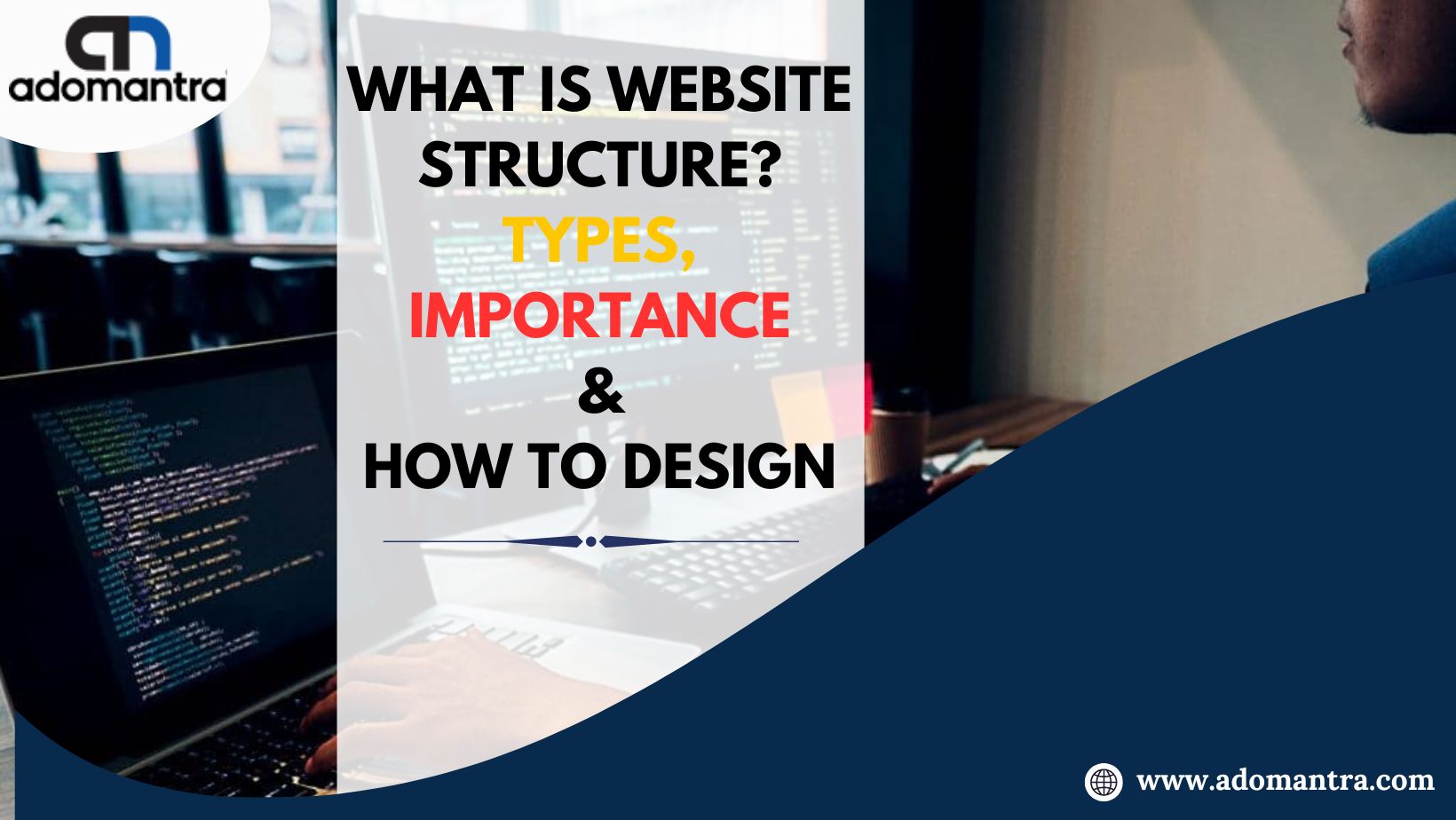
What Is Website Structure? Types, Importance & How To Design?
In the vast realm of the internet, websites serve as the digital storefronts of businesses, the virtual meeting places of communities, and the information hubs of the world. However, to make these websites functional, user-friendly, and optimized for search engines, one critical element comes into play: website structure. In this comprehensive guide, we'll delve into what website structure is, explore its types, understand its significance, and learn how to design an SEO-friendly website structure. So, let's embark on this journey through the digital architecture of the web.
What Is Website Structure?
Website structure refers to the way a website's content is organized and interconnected. It encompasses the layout, navigation, and hierarchy of web pages. A well-structured website is like a well-organized library, making it easy for visitors to find what they're looking for without getting lost in the stacks.
Types of Website Structure
There are several types of website structures, each suited to different purposes:
- Hierarchical Structure: This is the most common structure, where content is organized in a hierarchical order, often with a homepage leading to main categories, subcategories, and individual pages.
- Sequential Structure: Ideal for storytelling or tutorials, it presents content in a linear fashion, where each page leads to the next, creating a narrative flow.
- Matrix Structure: This type employs a grid or matrix layout, allowing visitors to access multiple pieces of content simultaneously, like a portfolio or image gallery.
- Database Structure: Common in e-commerce sites, it uses a database to dynamically generate pages based on user queries or selections.
Importance of Website Structure
A well-thought-out website structure offers several advantages:
- Improved User Experience: An organized structure helps visitors navigate your site effortlessly, reducing bounce rates and increasing user engagement.
- Better SEO Performance: Search engines prefer well-structured websites, as they can easily crawl and index content. Proper structure also aids in on-page SEO optimization.
- Content Discoverability: It ensures that your valuable content is easily discoverable by both users and search engines, increasing the chances of ranking higher in search results.
- Scalability: A solid structure can accommodate future growth and changes in content without causing confusion or broken links.
How to Have a Good Website Structure
Creating an effective website structure involves several key steps:
- Plan: Start by outlining the goals and content of your website. Consider your target audience and their needs.
- Hierarchy: Organize content into a clear hierarchy, with a homepage, main categories, subcategories, and individual pages.
- Navigation: Design user-friendly navigation menus and consider using breadcrumbs to help users understand their location within your site.
- Consistency: Maintain consistent naming conventions and URL structures throughout your site.
- Internal Linking: Use internal links to connect related content, helping both users and search engines explore your site.
How to Design an SEO-Friendly Website Structure
To make your website structure SEO-friendly, follow these additional tips:
- Keyword Research: Identify relevant keywords for your content and integrate them naturally into your structure.
- Mobile Responsiveness: Ensure your structure works seamlessly on mobile devices, as mobile-friendliness is a crucial SEO factor.
- Page Speed: Optimize your website's loading speed, as faster sites tend to rank higher in search results.
- XML Sitemap: Create and submit an XML sitemap to search engines to aid in indexing your site.
- 404 Pages: Customize your 404 error pages to help lost visitors navigate back to your content.
Why Is Some Form of Website Organization Important?
In a digital landscape flooded with information, website organization is the lighthouse that guides users and search engines through the sea of content. Without it, websites become confusing mazes, causing frustration and abandonment. Effective website structure is essential for delivering a positive user experience, achieving better search engine rankings, and ultimately meeting your website's goals.
Conclusion
Website structure is the blueprint of a successful online presence. By understanding its importance, exploring different types, and implementing best practices, you can create a website that not only attracts visitors but also keeps them engaged and satisfied. In the ever-evolving digital world, a well-structured website stands as a testament to effective design and user-centricity. So, start building your digital masterpiece today, one well-structured page at a time.







